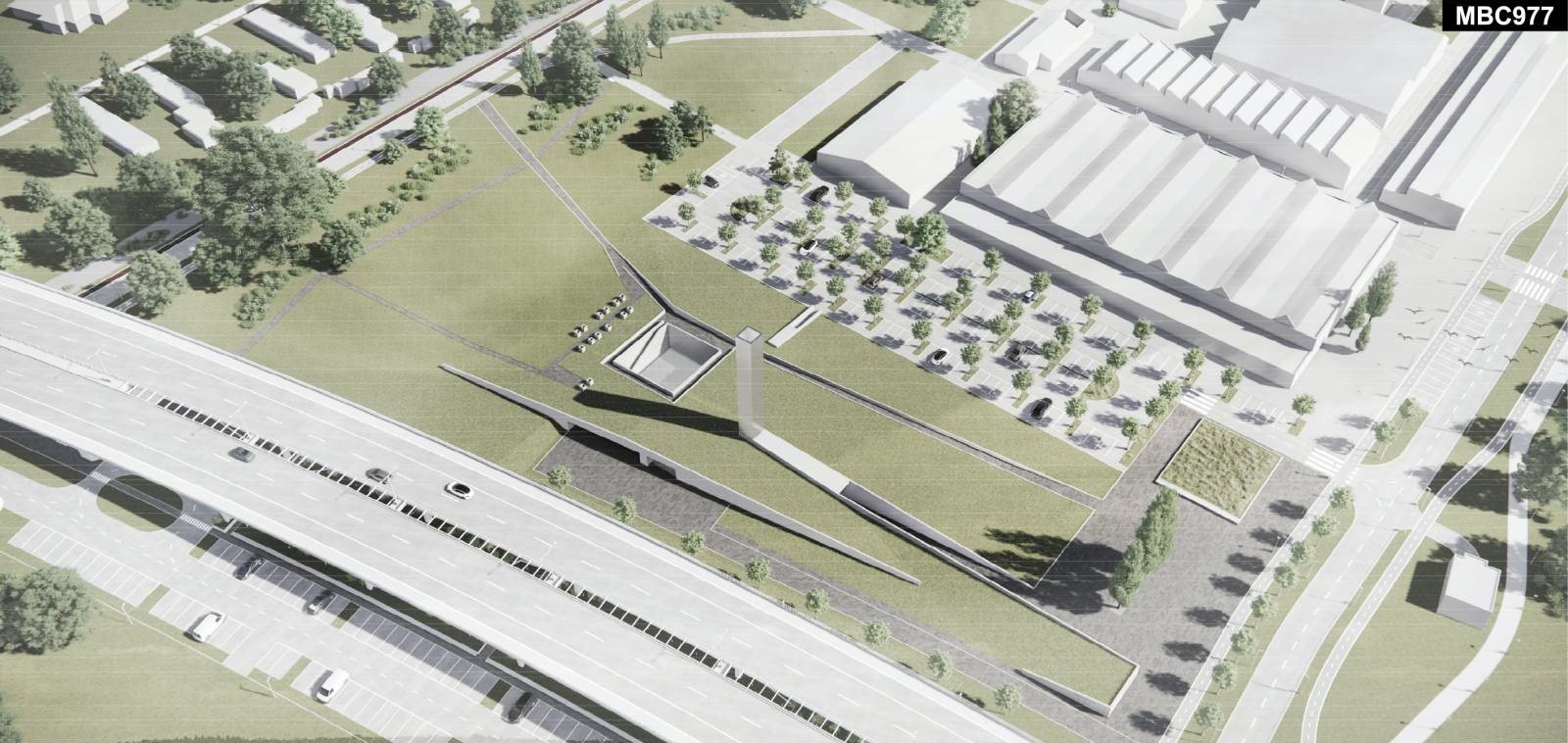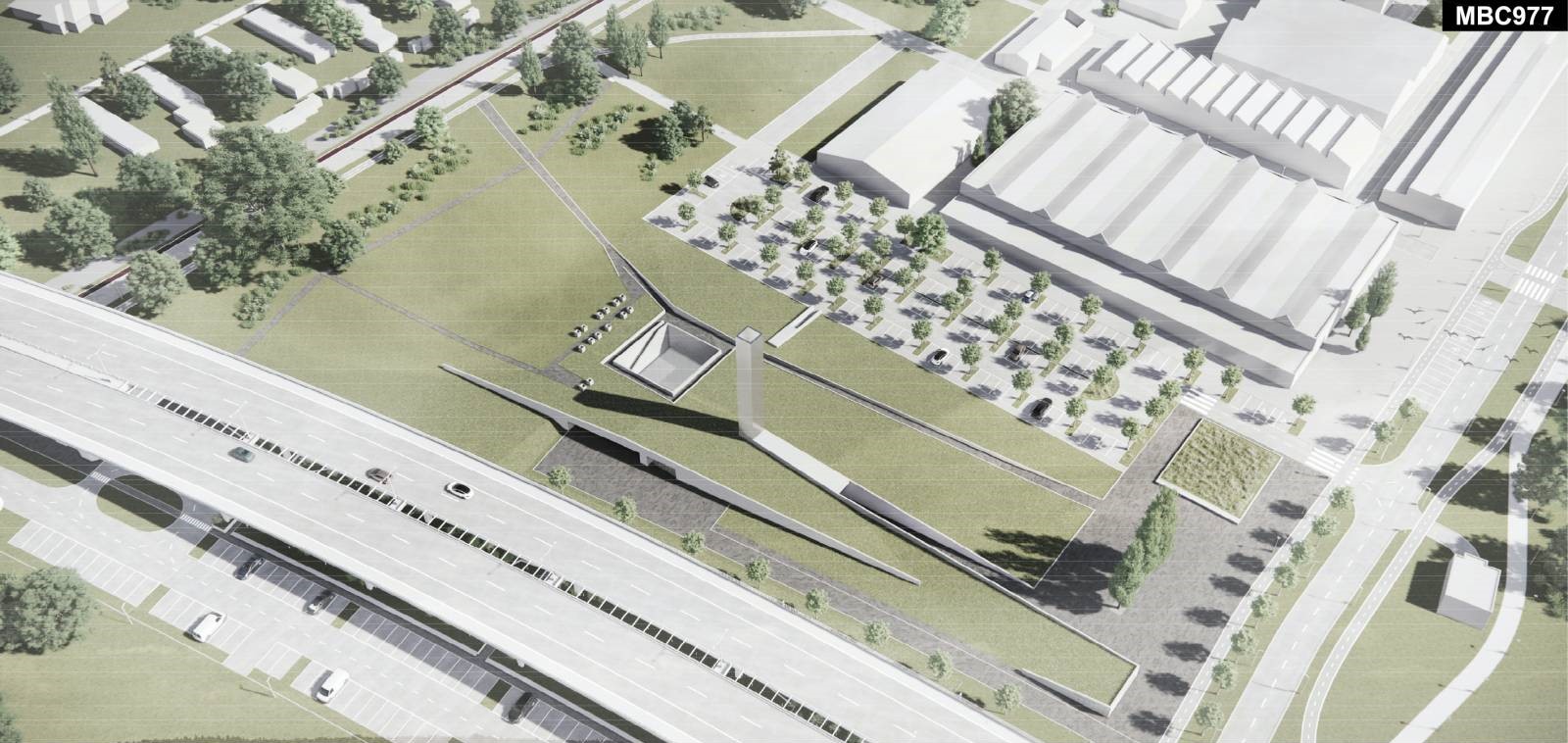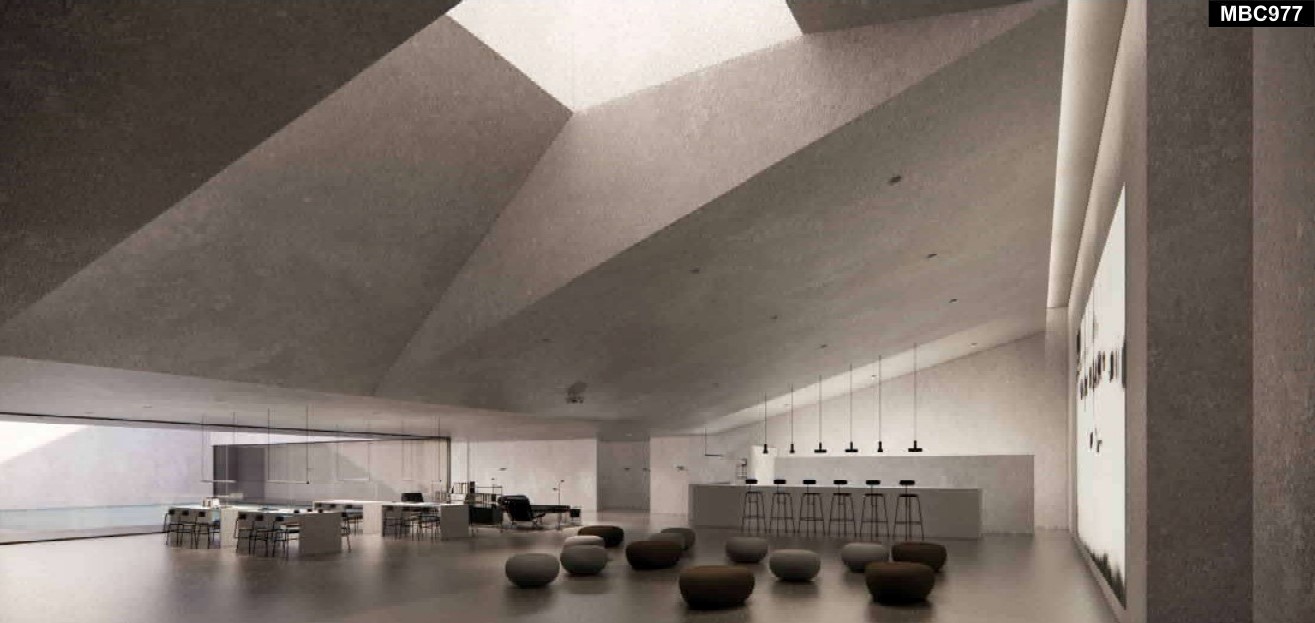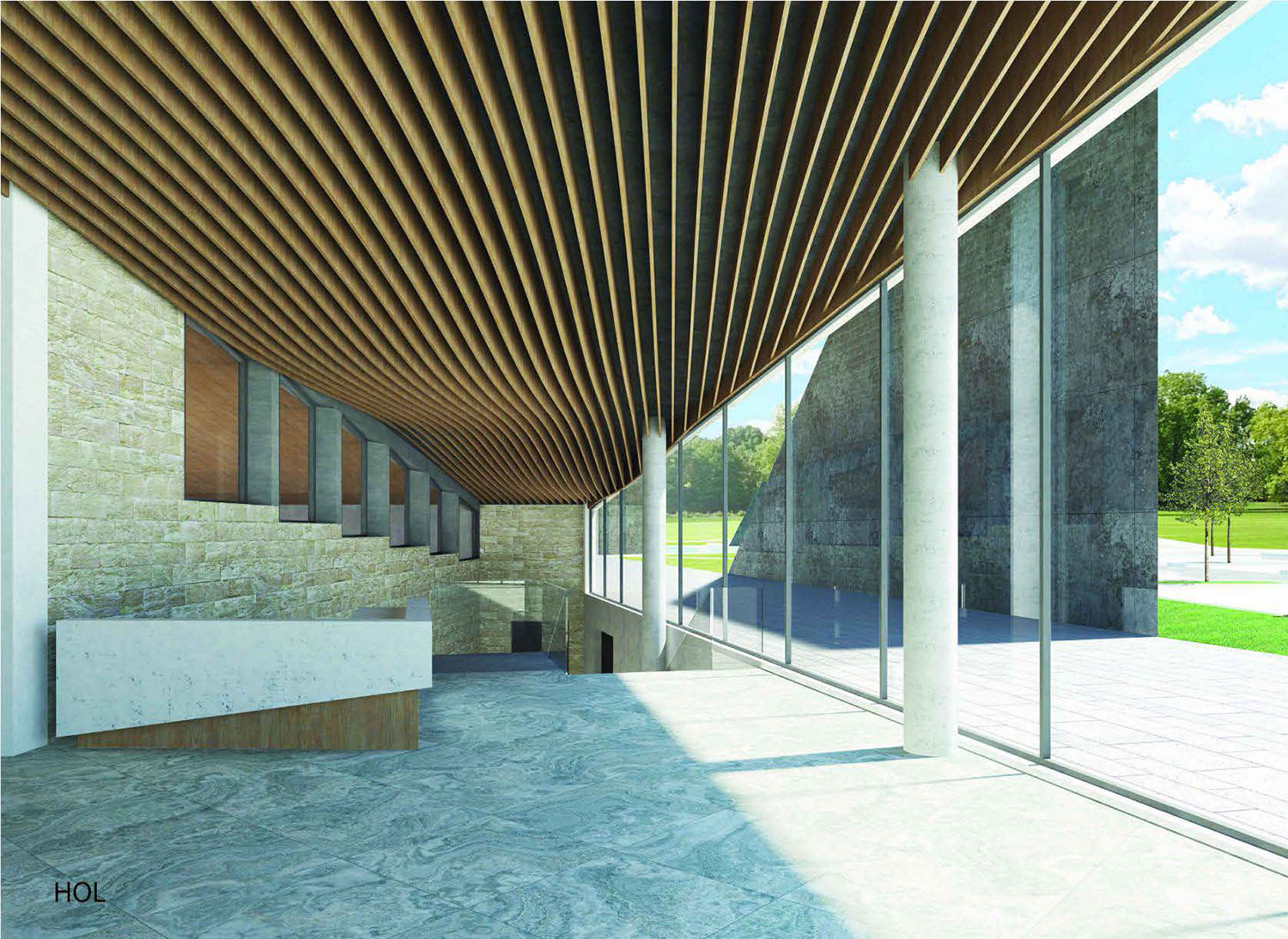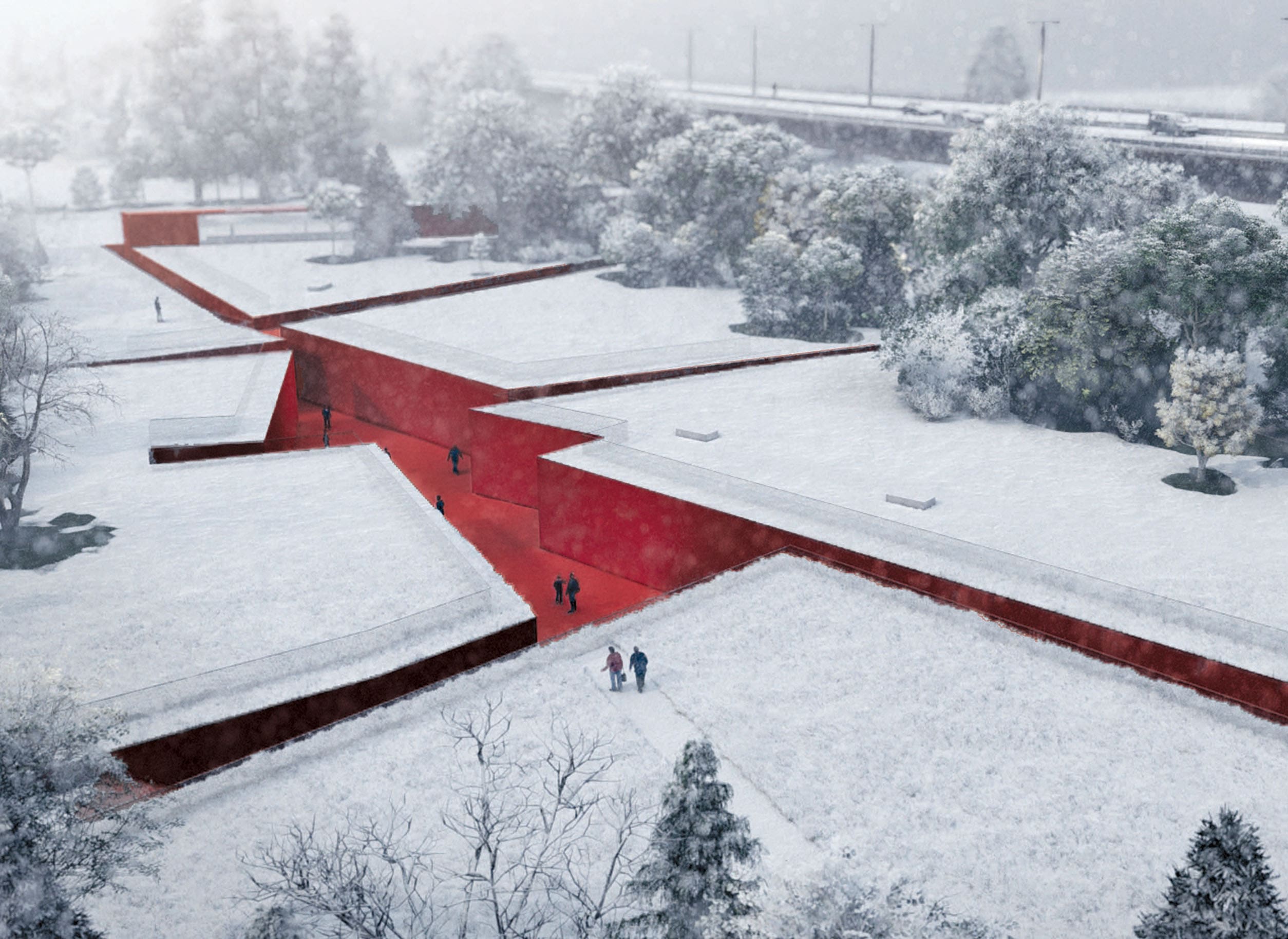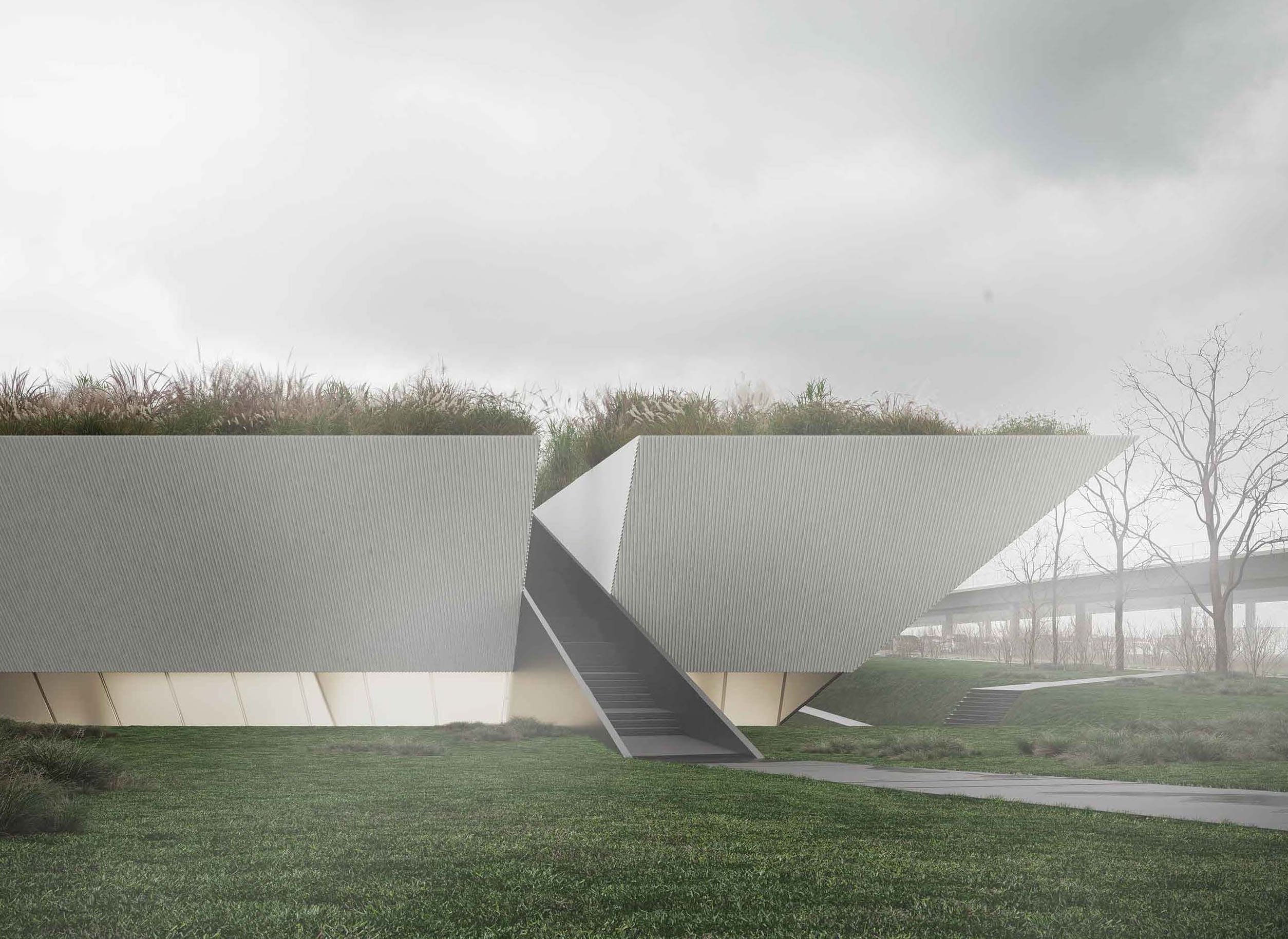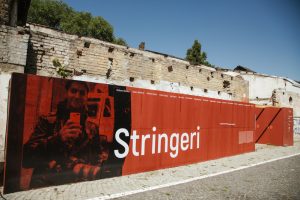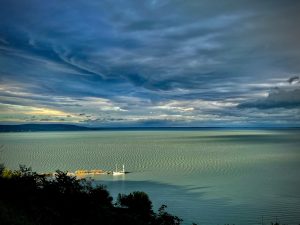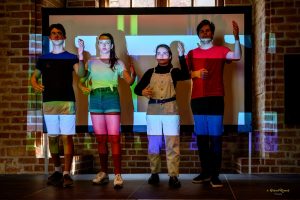At the call for the Memorial Centre, the most significant memorial project in Novi Sad, the solution of the ‘Spring Studio’ project team was chosen, which, along with all the other submitted works, will be presented as part of the exhibition in the District, from Monday, 23 January, on the occasion of the 81st anniversary of the Novi Sad raid.
The Memorial Centre will be one of the most significant legacy projects of the ‘Novi Sad – European Capital of Culture’, together with all processes preceding it, which were set as new practices of approach in architecture.
‘Novi Sad is one of the few European Capitals of Culture that has devoted itself equally to places, as well as programmes, and most importantly – processes, which have become the foundations for new practices. In cooperation with relevant experts, but also by inviting citizens to get involved, we changed the approach from the micro level first, within the New Places – Microgranting call and the arrangement of small urban places, then through the renovation and revitalisation of facilities, such as cultural stations and the District, up to extremely complex projects such as the Memorial Centre, which has multiple significance. The processes that led to all of that, the call, and finally, the exhibition that presents all the submitted works to the public, are legacies that should outlive the European Capital of Culture project itself and, I hope, further develop both quantitatively and qualitatively,’ said Nemanja Milenković, the CEO of the ‘Novi Sad – European Capital of Culture’ Foundation.
The expert jury, including the most recognised representatives – architects, historians, representatives of the Eparchy of Bačka and the Jewish Municipality, decided to award the prize to the second-placed solution, which stands out as the most thoughtful and qualitatively successful. The jury unequivocally agreed that the solution deserves further attention and that it should enter the process of further development and final implementation with some refinements based on the guidelines given in the explanation. In addition to this, the expert jury handed out three third prizes.
The jury, chaired by Vladan Đokić, PhD, decided upon the winning urban-architectural solution. Academician Branislav Mitrović, PhD of Arts and graduate architect Monika Bilbija, and architects Dušan Miladinović and Dušan Stevanović helped the Dean of the Belgrade Faculty of Architecture in the decision-making process. The expert jury also included Gordana Petković, PhD, and Petar Đurđev, as well as the representatives of the Eparchy of Bačka and the Jewish Municipality, protoiereus Vladan D. Simić and Ladislav Trajer. The team for further coordination of activities on the project of the future Memorial Centre was formed by the City of Novi Sad in cooperation with the Eparchy of Bačka and the ‘Novi Sad – European Capital of Culture’ Foundation.
The ‘Studio Spring’ project team included Maja Dragišić, B. Eng. in Arch., Milan Božić, B. Eng. in Arch., Milica Milosavljević, MSc in Arch. and Divna Babović, B. in LA., with the project team including Katarina Crljenica, B. Eng. in Arch., Aleksandar Bojanić, B. Eng. in Arch., and Tamara Koneska, MSc in Arch.
The exhibition of works submitted to the urban-architectural call for the Memorial Centre will be open from Monday, 23 January, to Sunday, 29 January, and you can see the submitted works on our website.
Within the Memorial Centre complex, three spatial and programme units are planned to be implemented – the Memorial Centre building, the Memorial Park, as well as the accompanying landscaping of the ground floor and traffic area, which will round off the space of the District in an urbanistic sense, telling the authentic story about Novi Sad from the 20th century and the beginning of the 21st century.
The Memorial Centre is dedicated to all innocent victims of the Pogrom in South Bačka during January 1942.
You can find more details and an explanation about the results of the urban-architectural call on our website.
